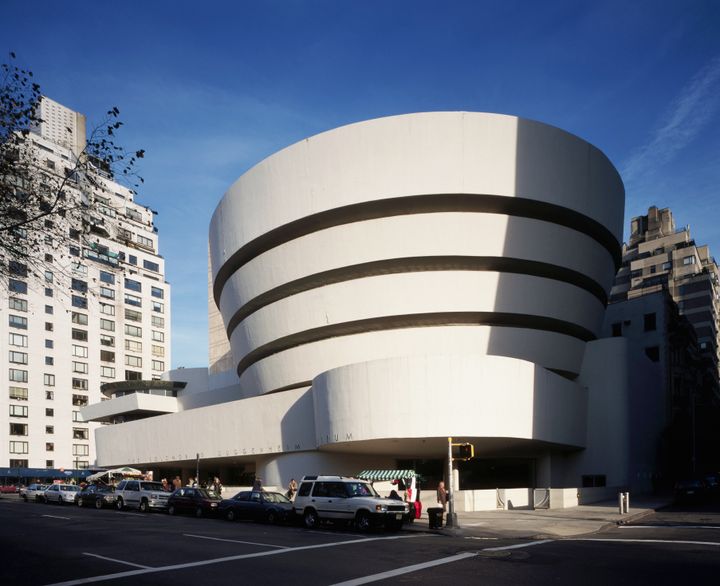
On April 26, museums across New York City are switching Instagram accounts with one another for the sake of art lovers everywhere. The social media initiative, called #MuseumInstaSwap, hopes to introduce loyal followers of certain institutions to other local spots they have not yet explored.
It’s basically “Freaky Friday,” but with museums.
There are 32 museums participating in the campaign, including the Whitney Museum of American Art, the Guggenheim Museum, the Studio Museum in Harlem, the Jewish Museum, the El Museo del Barrio, the Met Breuer, MoMA PS1 and many more institutions that are must-visits for people living in or traveling to NYC.
During #MuseumInstaSwap, each participating organization is assigned a partner museum and, throughout the day, is encouraged to post photos from the other’s collection, giving peeks into rarely seen corners while drawing parallels to their own holdings.
Museums can sometimes feel like isolated, enclosed worlds, but they are in fact part of a significant network of New York art centers, engaged in constant conversation. The swap hopes to illuminate the connections between museums like the American Folk Art Museum and the Japan Society, or the New Museum and the Drawing Center, thereby enhancing the experience of both.
This year, most major New York institutions seem to be participating, though some historic havens like the Met are represented by their smaller outposts ― the Met Breuer. A few particularly interesting partnerships include the Museum of the City of New York and the Queens Museum, meant to illustrate the ways in which the two New York establishments approach the city’s history. The American Folk-Japan Society swap started the morning off by introducing their followers to the former’s stunning “Third Gender” show, now on view.
The social media initiative will hopefully introduce art lovers to new museums and collections they might not be familiar with, through the spaces they already know and love.
Follow #museuminstaswap today to get your full serving of art and museum history.

